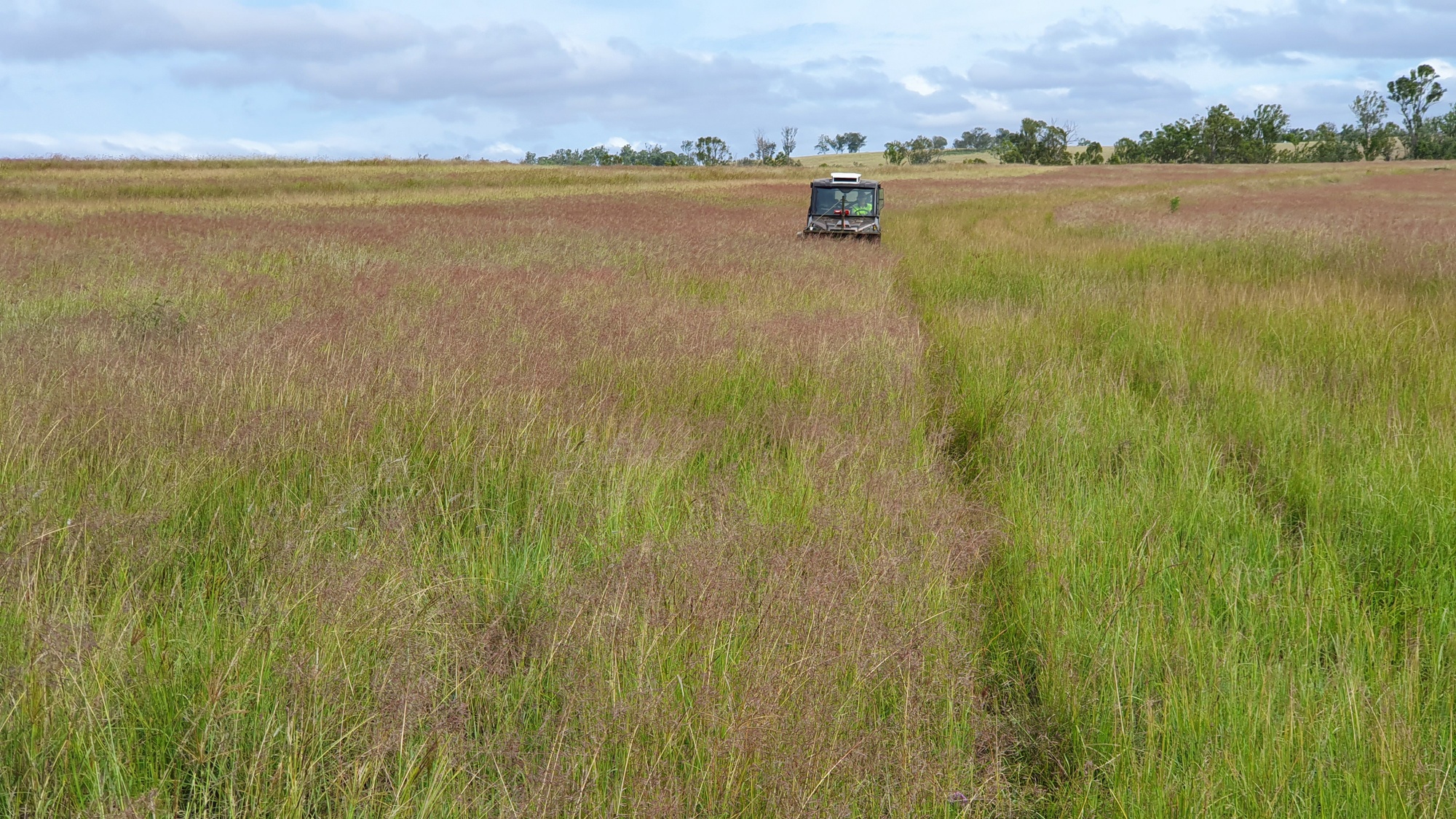Plant Profiles
Plant Categories
Subshrub
Trailing herb
Annual
Annual or Short-Lived Perrenial
Prostrate Shrub
Graminoid
Vine
Forb
Nitrogen Fixer
Grass
Tree
Shrub
Sedge
Wattle
Show All
14Genera
Acacia
Allocasuarina
Alphitonia
Alstonia
Angophora
Archidendropsis
Aristida
Arundinella
Astrebla
Atalaya
Atriplex
Austrosteenisia
Austrostipa
Banksia
Baumea
Bolboschoenus
Boronia
Bothriochloa
Brachychiton
Breynia
Callitris
Calotis
Capillipedium
Carissa
Cassia
Cassine
Cassinia
Casuarina
Chloris
Chrysocephalum
Chrysopogon
Clerodendrum
Corymbia
Crotalaria
Cymbopogon
Daviesia
Denhamia
Derris
Dichanthium
Dodonaea
Einadia
Enchylaena
Enteropogon
Eragrostis
Eremophila
Eriochloa
Erythrina
Erythroxylum
Eucalyptus
Eustrephus
Fimbristylis
Flindersia
Gahnia
Geijera
Grewia
Hardenbergia
Heteropogon
Hovea
Imperata
Indigofera
Jacksonia
Jasminum
Juncus
Kennedia
Lepidosperma
Lomandra
Lophostemon
Ludwigia
Lysiphyllum
Maireana
Melaleuca
Melia
Myoporum
Notelaea
Owenia
Pandorea
Panicum
Parsonsia
Paspalidium
Petalostigma
Petalostylis
Pittosporum
Podolobium
Pomax
Psydrax
Pterocaulon
Ptilotus
Pultenaea
Rhagodia
Rhodosphaera
Rhynchosia
Sarga
Schoenoplectiella
Schoenoplectus
Senna
Sida
Solanum
Sporobolus
Swainsona
Syncarpia
Themeda
Trema
Vachellia
Ventilago
Vittadinia
Show All
105Chrysopogon fallax
| Categories | Grass |
| Common Name(s) | Golden Beard Grass |
| Family | Poaceae. Subfamily Panicoideae |
Description
"Perennial. Culms erect or geniculately ascending, 30–120 cm tall, 3–5 -noded." (Simon, B.K. & Alfonso, Y. 2011. AusGrass2)
Notes
Chrysopogon fallax is often requested for rehabilitation work and yet has rarely been supplied. Attempts are being made now to change this. It occurs readily in forested areas we frequent. Its physical traits suggest brush harvesting will be successful.
Graziers we meet with confirm that stock readily graze this grass down, however it strongly persists. In our view grazing tilts dominance of native grass taxa one way or another. If a particular species is susceptible to complete loss this is mainly true under constant, heavy grazing regimes such as that reported for Bothriochloa ewartiana (O’Reagain and Bushell, 2011). In areas we frequent, the most obvious cause for the loss of native grass taxa appears to be the arrival of invasive, exotic grasses. For example, native grasses we harvest such as Bothriochloa decipiens and Sporobolus creber remain stable under constant grazing until the invasive exotics, Bothriochloa insculpta or Bothriochloa pertusa arrive.
Historical Notes
Distribution
Chrysopogon fallax mainly occurs across northern parts of both New South Wales and South Australia, across Queensland, the Northern Territory, and northern parts of Western Australia. However, a couple of disjunct populations occur in Victoria and in Southern Western Australia.
References and Related Links
Simon, B.K. & Alfonso, Y. 2011. Ausgrass2, http.//ausgrass.myspecies.info/, [Accessed on July 2, 2021].
http://ausgrass2.myspecies.info/content/chrysopogon-fallax
https://plantnet.rbgsyd.nsw.gov.au/cgi-bin/NSWfl.pl?page=nswfl&lvl=sp&name=Chrysopogon~fallax
O’Reagain, P.J., and Bushell, J.J. 2011. The Wambiana Grazing Trial. Key learnings for sustainable and profitable management in a variable environment.
